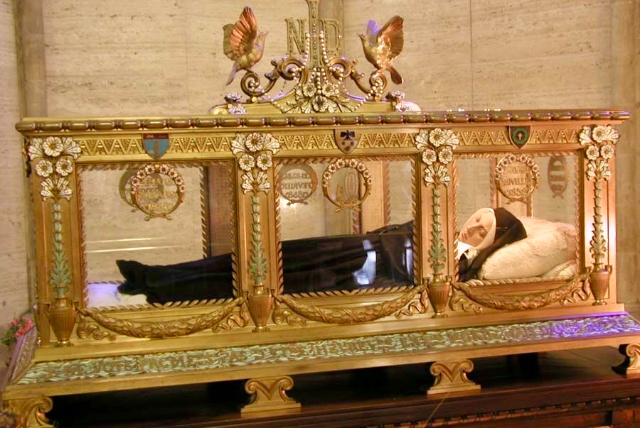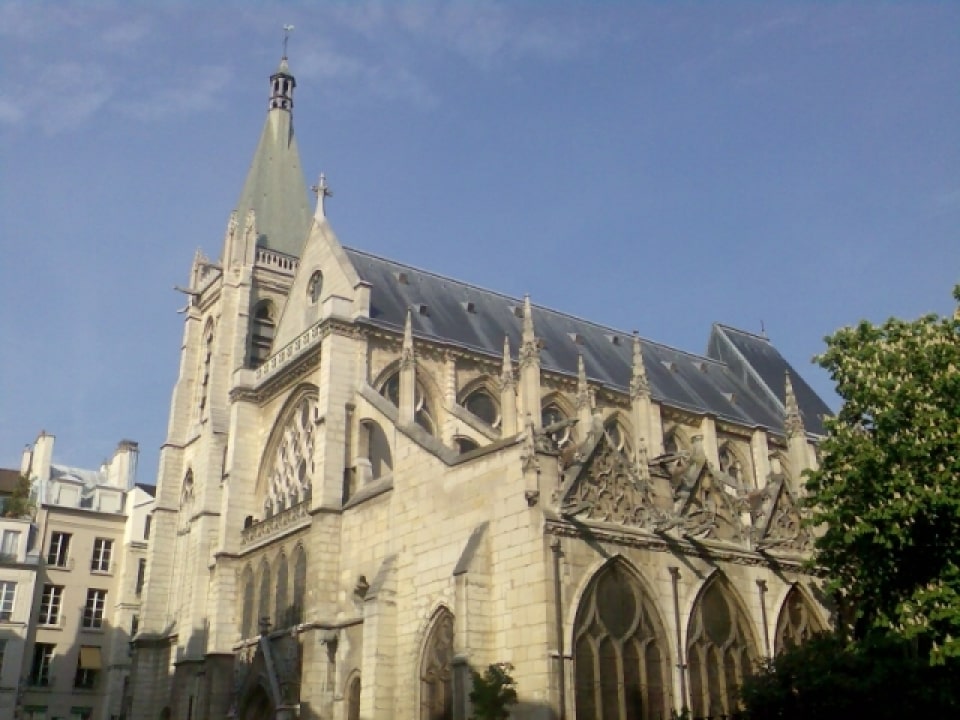The Not-Quite Incorruptible St. Bernadette of Lourdes is prominently displayed in Nevers, France. Her remarkably preserved body, which is over 130 years old, rests in a specially made crystal coffin within a chapel at the abbey where she served as a nun. Many illustrations of incorruptible saints, whose bodies do not decay, feature her uncannily lifelike wax visage and hands. However, it’s important to note that her actual body underwent some changes over time.
Saint Bernadette Soubirous gained fame in her early life in Victorian-era France. Her journey to prominence began at the age of 14 in Lourdes when she had a series of sightings of a young woman believed to be the Virgin Mary, later known as Our Lady of Lourdes. Bernadette’s appearance as a pious, innocent, and exceptionally pretty young woman may have contributed to the popularization of her stories and fueled her reputation.
The apparition requested the construction of a shrine at the grotto, which eventually became a renowned Christian pilgrimage site and a place associated with miraculous healings. The healing properties were attributed to the spring waters revealed by Bernadette during her visions. While some claims of miracles were debunked as short-term recoveries or hoaxes, many others were confirmed at the time and continue to be reported today.
Following her time in Lourdes, Bernadette joined a nunnery in Nevers, where she spent the remainder of her life. She passed away in 1879 due to tuberculosis. As part of the canonization process, her body was exhumed multiple times, starting in 1909, then again in 1919 and 1925. Although the Church declared her body as “incorrupt,” it should be noted that her state of preservation was not complete. The attending doctor during the 1919 exhumation described her body as practically mummified with patches of mildew and a notable layer of salts.
In order to enhance her appearance for pilgrims, a light wax mask was created by Pierre Imans, a Parisian fashion mannequin designer, to cover the “blackish color” of her face. The wax mask, along with other modifications, was intended to present a more pleasing and lifelike representation. After a few ribs were removed as relics, her body was placed in its crystal casket.
Visitors can view Saint Bernadette’s body at the Chapel of Saint Gildard, which is located at the Sisters of Charity in Nevers. It’s important to remember that this chapel is an active and sacred space for many.
It should be noted that the preservation of Bernadette’s body was affected by the handling during the exhumations. Had her body been left undisturbed, she might have maintained a greater degree of preservation and could have been considered truly incorrupt.













